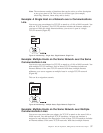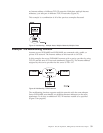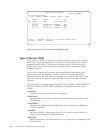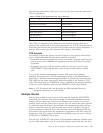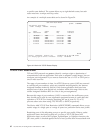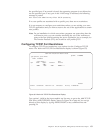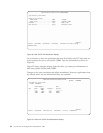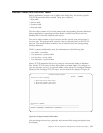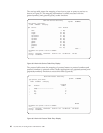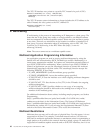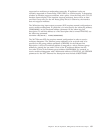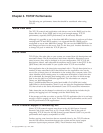
Related Tables and the Host Table
Socket applications require a set of tables from which they can retrieve specific
TCP/IP network data when needed. These are as follows:
v Host table
v Service table
v Protocol table
v Network table
The host table contains a list of host names and corresponding Internet addresses.
Socket applications requesting host data obtain it either from the server host
database file or from the domain name server.
The service table contains a list of services and the specific port and protocol a
services uses. The protocol table contains a list of protocols used in the TCP/IP
network. The network table contains a list of networks and the corresponding
Internet addresses.
UNIX** systems traditionally store this information in the following files:
v /etc/hosts - host table
v /etc/protocols - protocol table
v /etc/services - service table
v /etc/networks - network table
iSeries TCP/IP maintains the service, protocol, and network tables as database
files. iSeries TCP/IP refers to these three tables as related tables. To configure or
view the protocol, services, or network tables, select option 21 (Configure Related
Tables) on the Configure TCP/IP menu. You are shown the display in Figure 58.
You can change the services, protocols, and network files using the options from
this display.
Configure Related Tables
System: SYSNAM03
Select one of the following:
1. Work with service table entry
2. Work with protocol table entry
3. Work with network table entry
Selection or command
===> ___________________________________________________________________
________________________________________________________________________
F3=Exit F4=Prompt F9=Retrieve F12=Cancel
Figure 58. Configure Related Tables Menu
Chapter 2. TCP/IP: Operation, Management, and Advanced Topics 65



